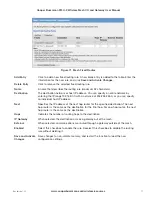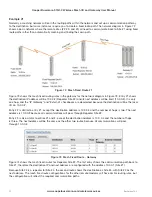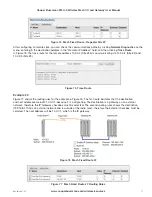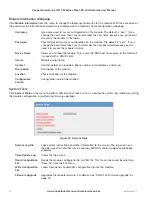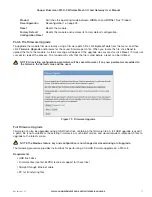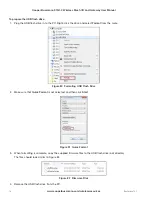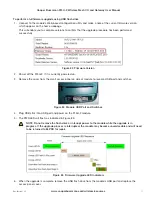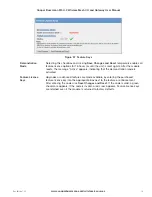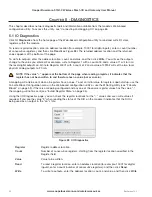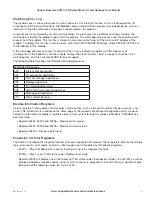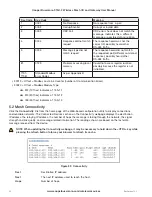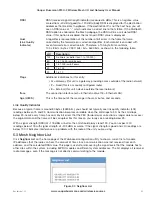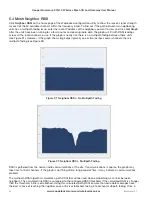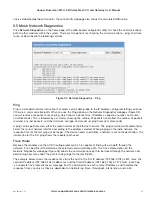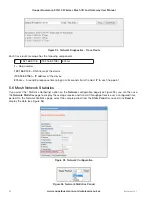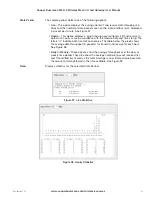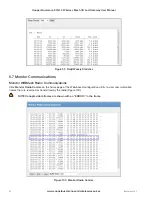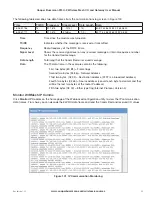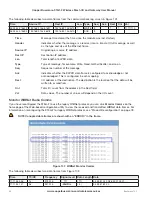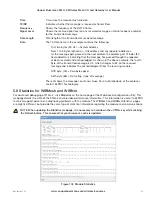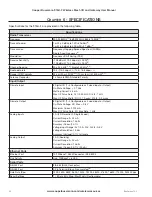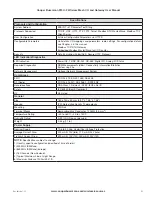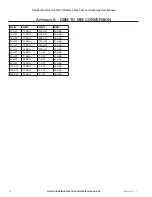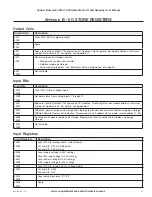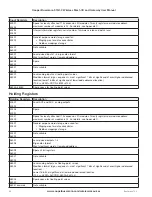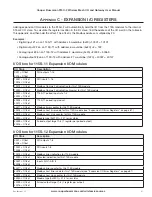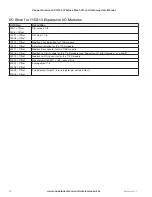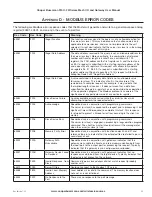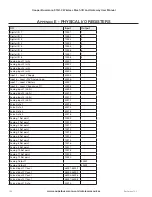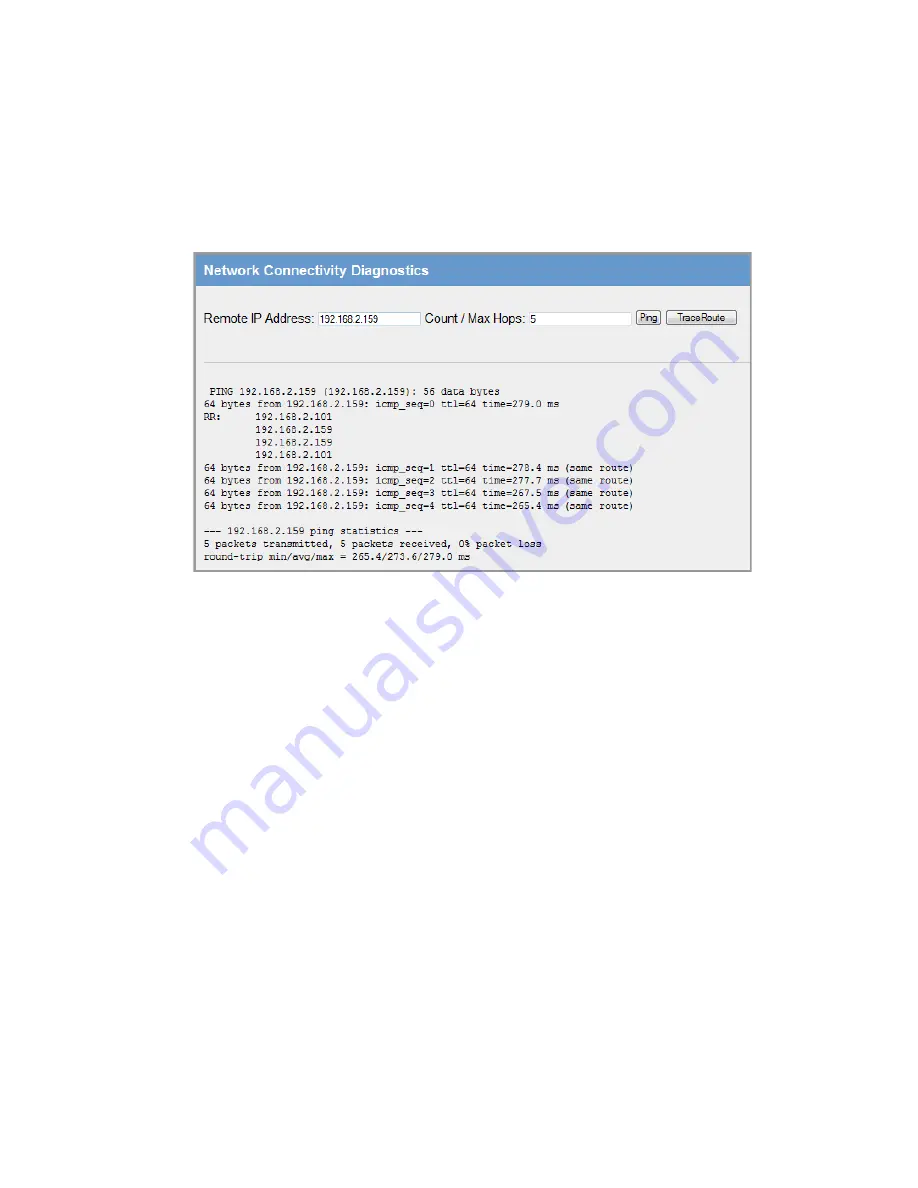
www.cooperbussmann.com/wirelessresources
Cooper Bussmann 915U-2 Wireless Mesh I/O and Gateway User Manual
85
Rev Version 1.2.2
link is established between two units, the connectivity webpage also shows the calculated RSSI value.
5.5 Mesh Network Diagnostics
Click
Network Diagnostics
on the home page of the Web-based configuration utility to check the communications
path to other modules within the system. There are two options for checking the communications—ping, and trace
route, as described in the following sections.
Figure 93 Network Diagnostics - Ping
Ping
Ping is a standard network instruction that sends a small data probe to the IP address configured, letting you know
if there is a communication path. When you use the Ping option on the Network Diagnostics webpage (Figure 93)
you will receive a response for each ping, which shows a packet size, IP address, sequence number, and a time
(in milliseconds). This is followed by a summary showing the number of packets transmitted, the number of packets
received, any lost packets, and the minimum, average, and maximum ping times (in milliseconds).
A ping can be performed on either the radio network or the Ethernet network. The ping command will automatically
select the correct network interface according to the address selected. When pinging on the radio network, the
response time for the first ping will be longer if the device needs to establish a network route to the destination. The
information for the first ping shows the repeater path used.
Trace Route
Because the modules use the AODV routing protocol which is capable of finding its own path through the
network, it can be difficult to determine the selected communications path. The Trace Route option on the
Network Diagnostics webpage (Figure 94) allows the communications path to be traced through the network and
determining how many hops the path is taking to get to the destination.
The example below shows the response time from the host to the first IP address (192.168.0.102) is 874 msec, the
second IP address (192.168.0.106) is 685 msec and the third IP address (192.168.0.106) is 1373 msec. Each hop
is a separate trace route discovery message from the host device to each remote IP address, and therefore the
response times can vary as they are dependent on network lag times, throughput, interference, and so on.

